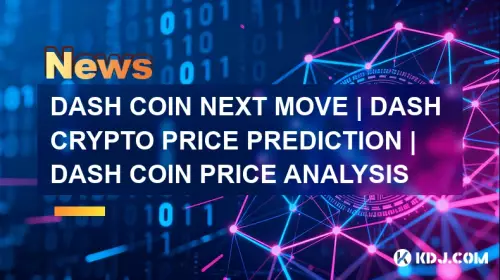-
 bitcoin
bitcoin $107015.826941 USD
-2.18% -
 ethereum
ethereum $3637.352324 USD
-5.18% -
 tether
tether $0.999831 USD
-0.02% -
 xrp
xrp $2.338078 USD
-6.23% -
 bnb
bnb $998.272150 USD
-6.97% -
 solana
solana $167.598257 USD
-10.12% -
 usd-coin
usd-coin $0.999863 USD
0.01% -
 tron
tron $0.282573 USD
-5.09% -
 dogecoin
dogecoin $0.169891 USD
-7.39% -
 cardano
cardano $0.557554 USD
-7.03% -
 hyperliquid
hyperliquid $39.914802 USD
-5.85% -
 chainlink
chainlink $15.414549 USD
-9.97% -
 bitcoin-cash
bitcoin-cash $510.361911 USD
-4.26% -
 ethena-usde
ethena-usde $0.999194 USD
-0.03% -
 stellar
stellar $0.282092 USD
-6.07%
How to add liquidity using MetaMask?
Providing liquidity on DEXs via MetaMask lets users earn fees, but risks like impermanent loss and high gas costs require careful consideration.
Oct 19, 2025 at 08:18 am

Understanding Liquidity Provision in Decentralized Finance
1. Liquidity provision is a fundamental mechanism in decentralized exchanges (DEXs) that allows users to contribute their tokens to trading pairs. By doing so, they enable smoother trades and earn fees from transactions occurring within that pool. MetaMask, a widely used cryptocurrency wallet, serves as the gateway to interact with these decentralized platforms.
2. Before adding liquidity, users must connect their MetaMask wallet to a DEX such as Uniswap, SushiSwap, or PancakeSwap. This connection establishes trustless access to blockchain networks like Ethereum or Binance Smart Chain, allowing direct interaction with smart contracts governing liquidity pools.
3. The process begins by navigating to the selected DEX’s official website and clicking the “Connect Wallet” option. Upon choosing MetaMask, a pop-up will prompt confirmation of the connection. Once linked, the interface displays token balances and available pools based on the connected network.
4. Users must ensure they have sufficient funds in both required tokens for the chosen pair. For example, providing liquidity to an ETH/USDT pool requires holding both assets. If one token is missing, it must be acquired through swapping or transferring from another wallet.
5. Gas fees, denominated in the native currency of the blockchain (e.g., ETH for Ethereum), are necessary to execute transactions. These fees fluctuate depending on network congestion, so monitoring current rates helps avoid unexpectedly high costs during the process.
Step-by-Step Process to Add Liquidity via MetaMask
1. After connecting MetaMask to a DEX, navigate to the “Pool” or “Liquidity” section. Select “Add Liquidity” and choose the desired token pair. The interface auto-detects balances if tokens are already in the wallet.
2. Enter the amount for one token, and the system calculates the equivalent amount of the second token based on current market prices. Users can adjust amounts manually but must maintain the correct ratio to prevent slippage errors.
3. A preview window appears showing estimated shares of the pool the user will receive, along with expected fee earnings. It also displays the price impact and potential impermanent loss warnings. Reviewing this data ensures informed decision-making before proceeding.
4. Click “Supply” or “Confirm” to initiate the transaction. MetaMask opens with details including gas limit, gas price, and total cost. Adjusting these parameters may optimize speed versus expense, though default settings usually suffice for standard conditions.
5. After confirming in MetaMask, the transaction enters the blockchain mempool. Wait for network confirmation, which may take seconds to minutes. Once confirmed, the wallet reflects newly minted liquidity provider (LP) tokens representing ownership in the pool.
Risks and Considerations When Providing Liquidity
1. Impermanent loss occurs when the price ratio of deposited tokens changes significantly compared to when they were added to the pool. This results in lower value upon withdrawal than simply holding the tokens outside the pool.
2. Smart contract vulnerabilities pose another risk. Although major DEXs undergo audits, bugs or exploits can still emerge. Using well-established platforms reduces exposure to malicious code or failed protocols.
3. High gas fees on congested networks like Ethereum can erode profitability, especially for smaller deposits. Evaluating cost versus expected returns is essential before committing funds.
4. LP tokens represent stake in a pool but do not generate passive income unless staked elsewhere. Some platforms offer yield farming opportunities where LP tokens earn additional rewards, but these often come with higher complexity and risk.
5. Token approvals remain active even after liquidity removal. Revoking unused allowances through tools like Etherscan’s Token Approval Checker prevents unauthorized access and enhances security over time.
Managing and Removing Liquidity
1. To withdraw funds, access the “Pool” section and locate active positions. Select the relevant pair and click “Remove Liquidity.” The interface shows the proportion of tokens to be returned based on current pool composition.
2. Choose the percentage of the position to exit—options typically include 25%, 50%, 75%, or 100%. Confirming initiates a transaction processed through MetaMask, requiring another gas payment.
3. Upon confirmation, LP tokens are burned, and original tokens are transferred back to the wallet. Their values reflect any changes due to trading activity, fees earned, and price fluctuations during participation.
4. Receiving two different tokens post-withdrawal means rebalancing holdings might be necessary. Immediate swapping or transferring depends on individual strategy and intended use of recovered assets.
5. Tracking performance across multiple pools requires manual record-keeping or third-party portfolio trackers. Monitoring metrics like cumulative fees, duration, and overall return helps refine future liquidity strategies.
Frequently Asked Questions
What happens to my LP tokens after adding liquidity?LP tokens are automatically sent to your MetaMask wallet. They serve as proof of your share in the pool and must be held until you decide to remove liquidity.
Can I add more tokens to an existing liquidity position?Yes, revisit the same pool and supply additional amounts. The system updates your share proportionally, merging the new contribution with the prior stake.
Why does the DEX show insufficient balance even though I own the tokens?This usually indicates a lack of approval for the DEX to access your tokens. Granting token allowance through MetaMask resolves this issue and enables usage in liquidity functions.
Is it possible to lose money even with transaction fees?Absolutely. Sharp price movements can lead to impermanent loss exceeding accumulated fees. Market volatility directly impacts net gains or losses from liquidity provision.
Disclaimer:info@kdj.com
The information provided is not trading advice. kdj.com does not assume any responsibility for any investments made based on the information provided in this article. Cryptocurrencies are highly volatile and it is highly recommended that you invest with caution after thorough research!
If you believe that the content used on this website infringes your copyright, please contact us immediately (info@kdj.com) and we will delete it promptly.
- MEXC, USDf, and Trading Volume: A Deep Dive into Recent Developments
- 2025-11-04 19:15:01
- Bitcoin, Crypto, and EcoYield Bonus: Is This the Smartest Play Now?
- 2025-11-04 19:15:12
- Cardano (ADA) and Altcoin Growth: Navigating the Landscape
- 2025-11-04 19:15:12
- XRP ETF Buzz: Is a Price Surge on the Horizon?
- 2025-11-04 19:20:01
- Binance, Stablecoins, and Liquidity: Decoding the Crypto Market's Next Move
- 2025-11-04 19:30:01
- Milk Mocha's $HUGS: The Presale Meme Coin Redefining Community and Value
- 2025-11-04 17:50:02
Related knowledge

Reviewing Smart Contract Permissions: A Critical Security Step
Nov 01,2025 at 04:55pm
Understanding Decentralized Exchanges in the Crypto Ecosystem1. Decentralized exchanges (DEXs) have reshaped how traders interact with digital assets ...
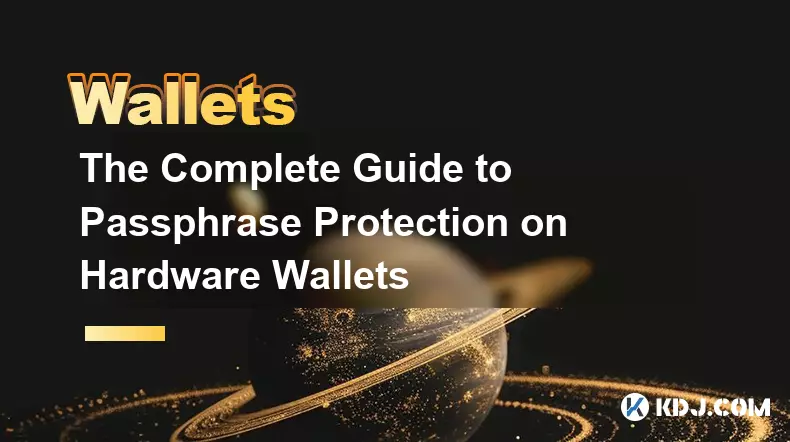
The Complete Guide to Passphrase Protection on Hardware Wallets
Nov 03,2025 at 10:37am
Understanding Passphrases in Hardware Wallets1. A passphrase, often referred to as a 25th word, adds an additional layer of security beyond the standa...
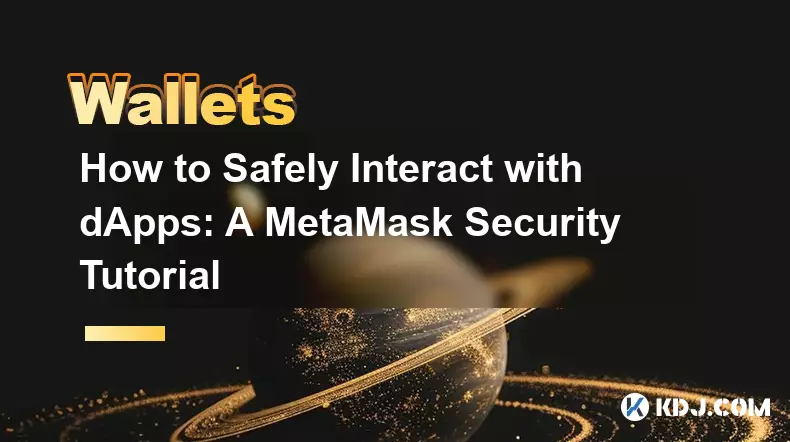
How to Safely Interact with dApps: A MetaMask Security Tutorial
Nov 04,2025 at 02:54am
Understanding dApp Interaction Risks1. Decentralized applications (dApps) operate on blockchain networks, enabling users to trade tokens, lend assets,...

Software Wallet Security Vulnerabilities You Need to Know
Nov 01,2025 at 11:37am
Common Exploits Targeting Software Wallets1. Phishing attacks remain one of the most widespread threats to software wallet users. Cybercriminals desig...
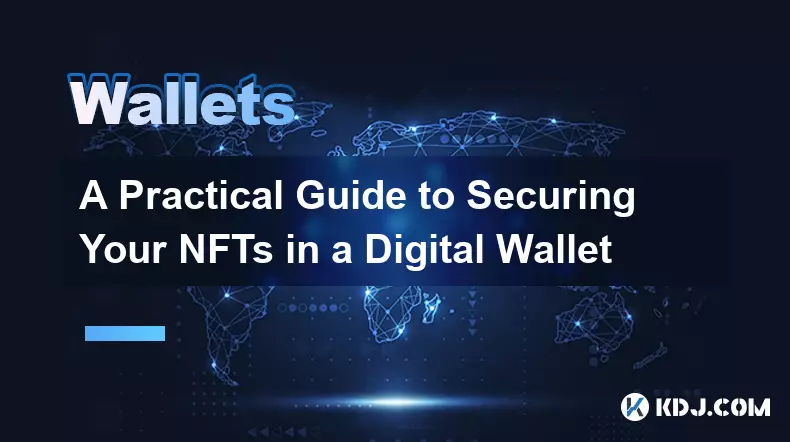
A Practical Guide to Securing Your NFTs in a Digital Wallet
Nov 03,2025 at 04:55am
Understanding NFT Wallet Security Fundamentals1. NFTs, or non-fungible tokens, exist on blockchain networks such as Ethereum, Solana, and Polygon, mak...
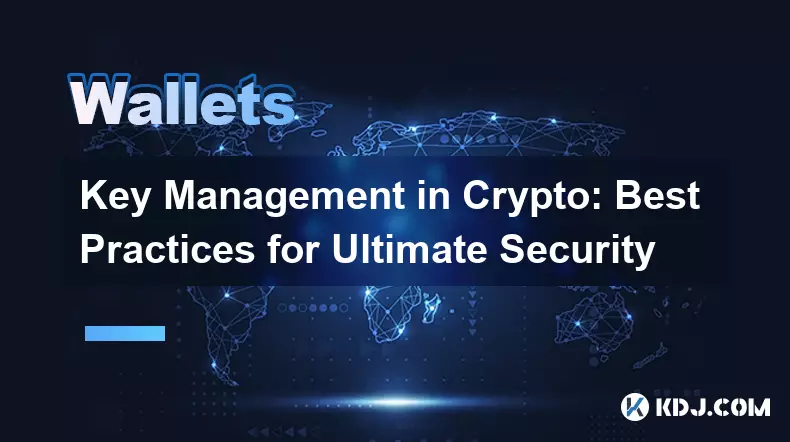
Key Management in Crypto: Best Practices for Ultimate Security
Nov 04,2025 at 05:18am
Understanding the Importance of Key Management in Cryptocurrency1. In the world of cryptocurrency, private keys serve as the ultimate proof of ownersh...

Reviewing Smart Contract Permissions: A Critical Security Step
Nov 01,2025 at 04:55pm
Understanding Decentralized Exchanges in the Crypto Ecosystem1. Decentralized exchanges (DEXs) have reshaped how traders interact with digital assets ...

The Complete Guide to Passphrase Protection on Hardware Wallets
Nov 03,2025 at 10:37am
Understanding Passphrases in Hardware Wallets1. A passphrase, often referred to as a 25th word, adds an additional layer of security beyond the standa...

How to Safely Interact with dApps: A MetaMask Security Tutorial
Nov 04,2025 at 02:54am
Understanding dApp Interaction Risks1. Decentralized applications (dApps) operate on blockchain networks, enabling users to trade tokens, lend assets,...

Software Wallet Security Vulnerabilities You Need to Know
Nov 01,2025 at 11:37am
Common Exploits Targeting Software Wallets1. Phishing attacks remain one of the most widespread threats to software wallet users. Cybercriminals desig...

A Practical Guide to Securing Your NFTs in a Digital Wallet
Nov 03,2025 at 04:55am
Understanding NFT Wallet Security Fundamentals1. NFTs, or non-fungible tokens, exist on blockchain networks such as Ethereum, Solana, and Polygon, mak...

Key Management in Crypto: Best Practices for Ultimate Security
Nov 04,2025 at 05:18am
Understanding the Importance of Key Management in Cryptocurrency1. In the world of cryptocurrency, private keys serve as the ultimate proof of ownersh...
See all articles





















